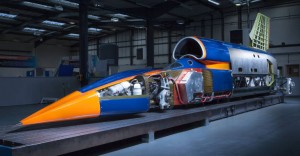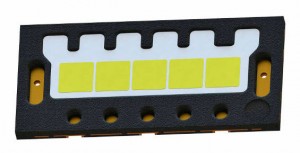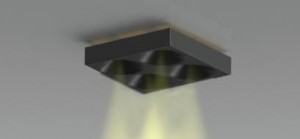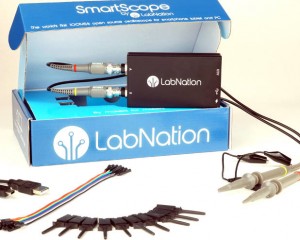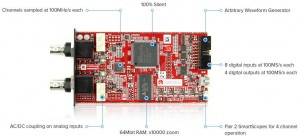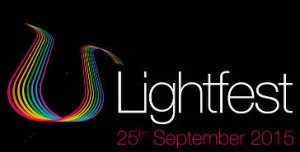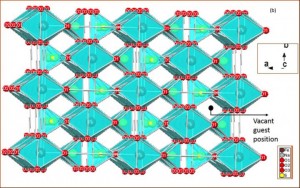 Sodium-ion batteries could have taken another step to practicality as “safe and sustainable” cathode material is invented at the University of Texas at Austin.
Sodium-ion batteries could have taken another step to practicality as “safe and sustainable” cathode material is invented at the University of Texas at Austin.
The material is the the non-toxic and inexpensive mineral eldfellite (NaFe(SO4)2).
“At the core of this discovery is a basic structure for the material that we hope will encourage researchers to come up with better materials for the further development of sodium-ion batteries,” said Preetam Singh, a postdoctoral fellow and researcher in Goodenough’s lab.
Sodium-ion batteries work just like lithium-ion batteries, but the materials are much cheaper. During the discharge, sodium ions travel from the anode to the cathode, while electrons pass to the cathode through an external circuit.
However, they have problems related to performance, weight and instability of materials.
The University’s cathode material addresses instability – its structure has fixed sodium and iron layers that allow sodium to be inserted and removed without damaging structural integrity.
Charge/gramme is two-thirds of that of a lithium-ion battery.
“We believe our cathode material provides a good baseline structure for the development of new materials that could eventually make the sodium-ion battery a commercial reality,” said Singh.
The wok is reported in the journal Energy & Environmental Science in a paper: ‘Eldfellite, NaFe(SO4)2: an intercalation cathode host for low-cost Na-ion batteries’.
UK start-up Faradion is attempting to exploit Na-ion cells.

